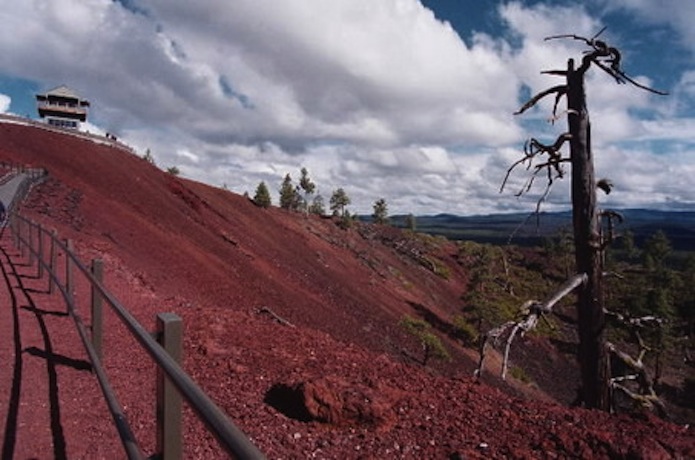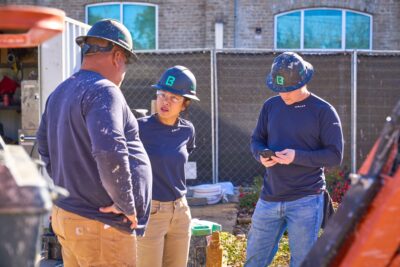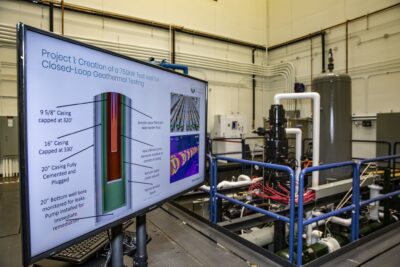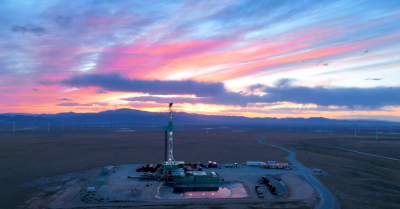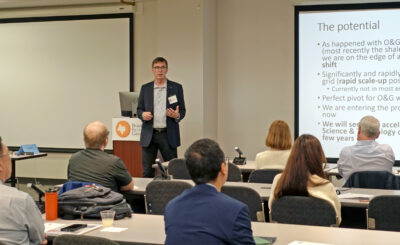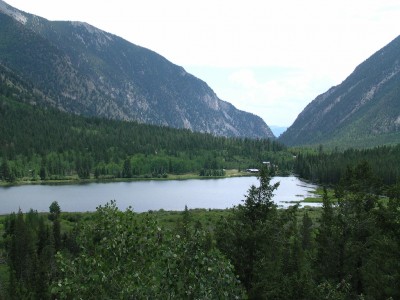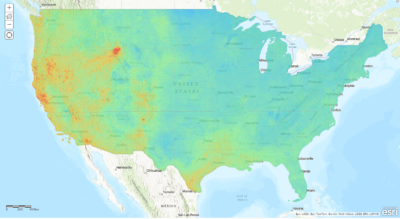AltaRock’s CEO answers questions on the Newberry project in Oregon
In an interview AltaRock's CEO Don O'Shei provides some comparatives on its planned project at Newberry in Oregon, answering some of the concerns raised by critics of EGS technology and its development.
After a series of articles on EGS and induced seismicity in the New York Times, a recent article talks with the CEO of AltaRock Energy on the companies plans for the Newberry demonstration project in Oregon.
AltaRock’s CEO “Don O’Shei sees promise for the Newberry site, both in the geothermal resource there and on the public relations side.
Previous exploration has found temperatures as high as 600 degrees Fahrenheit at the bottom of an existing well, and Davenport has already collected extensive data on the site that help the project along.
The team will work with experts from Lawrence Berkeley National Laboratory and the U.S. Geological Survey, as well as researchers with the University of Oregon, the University of Utah, Texas A&M University and Temple University, and hopes to find results that can be applied more widely in the Cascade Mountains throughout Washington and Oregon, a region that has been assessed as a potential source of as much as 50,000 megawatts of geothermal power.
The companies also point to close oversight from DOE, the Bureau of Land Management and the Forest Service, as well as from Oregon authorities, for credibility that they are actively addressing the seismicity issue, which they hope will help on the public relations side.
“That part of Oregon is seismically pretty inert,” O’Shei said, contrasting it to the Geysers in California, where people are accustomed to feeling the ground move. “We’re not really expecting to see seismicity at all,” he said. In the permitting phase, the companies will set up sensitive monitors to assess the baseline level of activity, but O’Shei said less-sensitive equipment used there to date has found very little movement.
The area is also quite remote, O’Shei said, reducing the likelihood that people will be near enough to feel any small earthquakes that do occur. “We think that any disturbance of people through seismicity is a very, very remote chance,” he said, quickly adding that “their peace of mind is as important as the direct potential for negative impacts.”
For the full article, see link below.
Source: Greenwire/ New York Times
